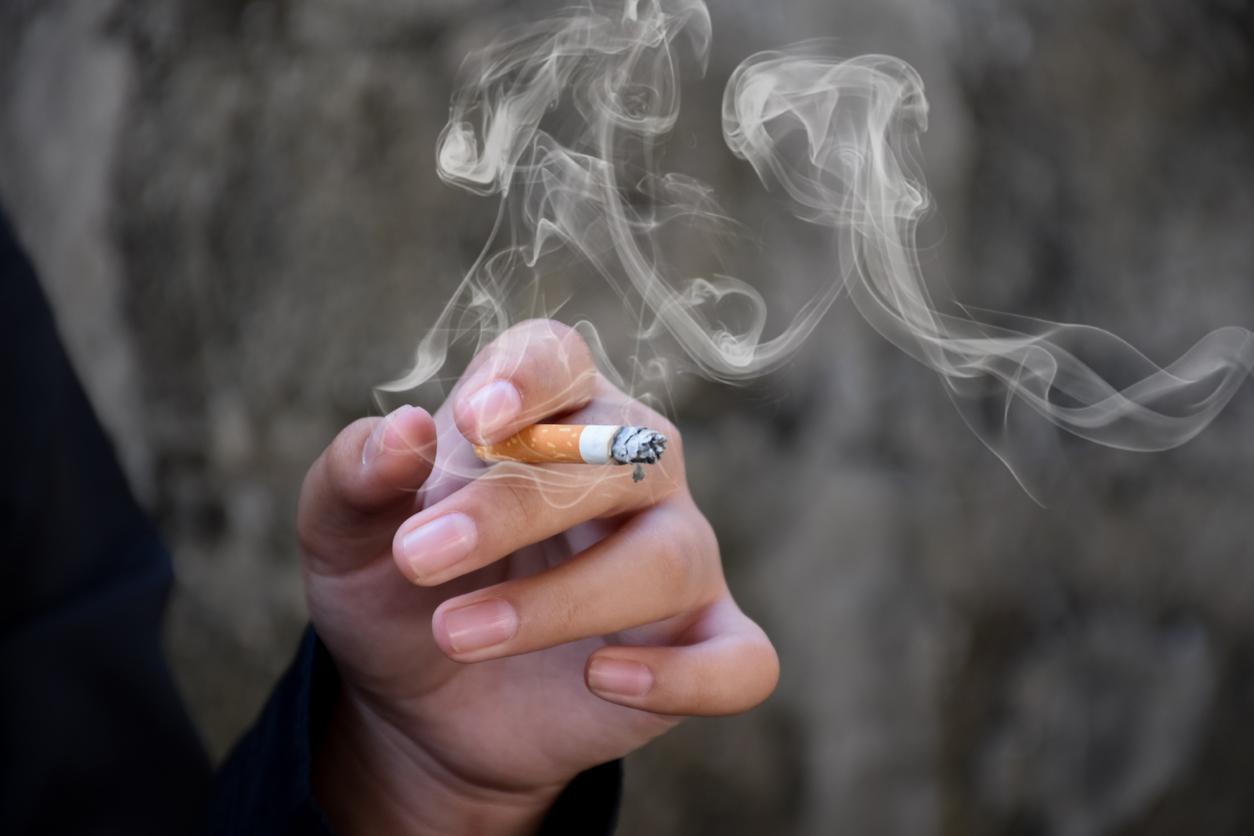Children who have delayed puberty are at risk of bone complications for the rest of their lives. Less bone stock exposes you to a risk of fractures and osteoporosis.

People with hereditary onset of puberty later than average also have lower bone mineral density, especially in the spine.
Adolescence is a critical period for building bone and building up “bone capital” for life. This deficit in bone production can increase the risk of bone fractures and osteoporosis later in life.
In the study published in the Journal of Bone and Mineral Research, the research team used a relatively new tool called a “genetic risk score” (SRG), which allows the collective study of a set of genetic variants at one time. This method has been applied in both sexes. The causal relationship is even more evident in young girls.
Even more reasons to exercise
Recently, the same researchers had shown that children and adolescents who have the highest level of physical activity also have the highest bone density, even when they have lower starting bone stock.
This research, co-led by Professors Zemel and Grant, confirmed the fact that intense and regular physical activity improves bone health in children and adolescents.
“Now that we are aware of the long-term bone health risks of hereditary late puberty, we can work on the strategies to put in place to counteract the long-term risks”, enthuses the team of researchers. “Promoting physical activity, which helps optimize bone density during skeletal development, is one of those options.”

.

















